South Carolina, with its whispers of old riches and hidden treasures, continues to be a beacon for those bitten by the gold prospecting bug. Whether you're armed with a metal detector and a shovel or just your wits and a pan, the Palmetto State offers a variety of locations where you can try your luck at unearthing that elusive gold nugget.
Being a native Californian, I once thought that California was the only state in the U.S where you could find decent gold. I quickly learned that many states in the U.S have gold deposits! South Carolina is one of those states! Read on and find out where to find some of these prospecting sites in beautiful South Carolina!
Dive into the Carolina Slate Belt
The Carolina Slate Belt, stretching across the state from North to South, is renowned for its geological composition that is favorable for gold deposits. This region, historically significant for its gold production, still holds potential for modern-day prospectors.
The Haile Gold Mine in Lancaster County is one of the most prominent and currently operating gold mines in this belt. Originally opened in the 19th century, it has seen a resurgence in activity and continues to produce significant ounces of gold.
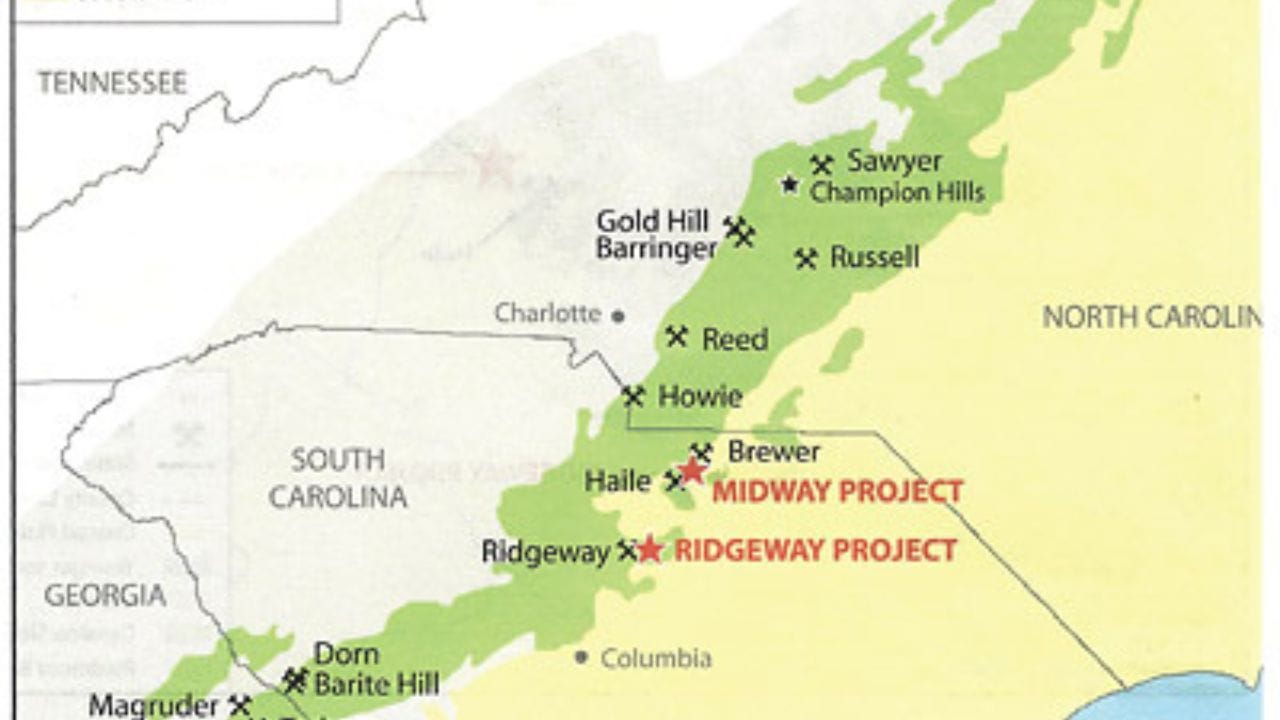
Exploring Lancaster County
Lancaster County doesn't just boast the Haile Mine; it's a hotspot for several old mines that have been producing gold since the 1800s. Areas around the town of Kershaw, particularly the Haile Gold Mine, have been well-documented for gold findings.
While much of this land is privately owned, obtaining permission for prospecting can lead to fruitful results. Remember, respecting private property and securing the proper permissions is not just good manners—it's a necessity.
Chesterfield County and its Hidden Gems
Moving over to Chesterfield County, the lesser-known Martin Mine, once a thriving operation, offers a glimpse into the past and potential for the future.
Although now defunct, the surrounding areas continue to attract metal detector enthusiasts and panners. The creeks and rivers, enriched with placer deposits, are accessible and promise a good place for beginners to start their treasure hunting journey.
The Allure of York County
York County is another region with a storied past in gold mining. The Broad River and its tributaries have been popular spots for finding placer gold. The accessibility of these locations makes them ideal for a family outing or a novice gold prospector looking to get their feet wet.
Maps and records from the South Carolina Geological Survey can provide valuable insights into historically productive sites within the county.
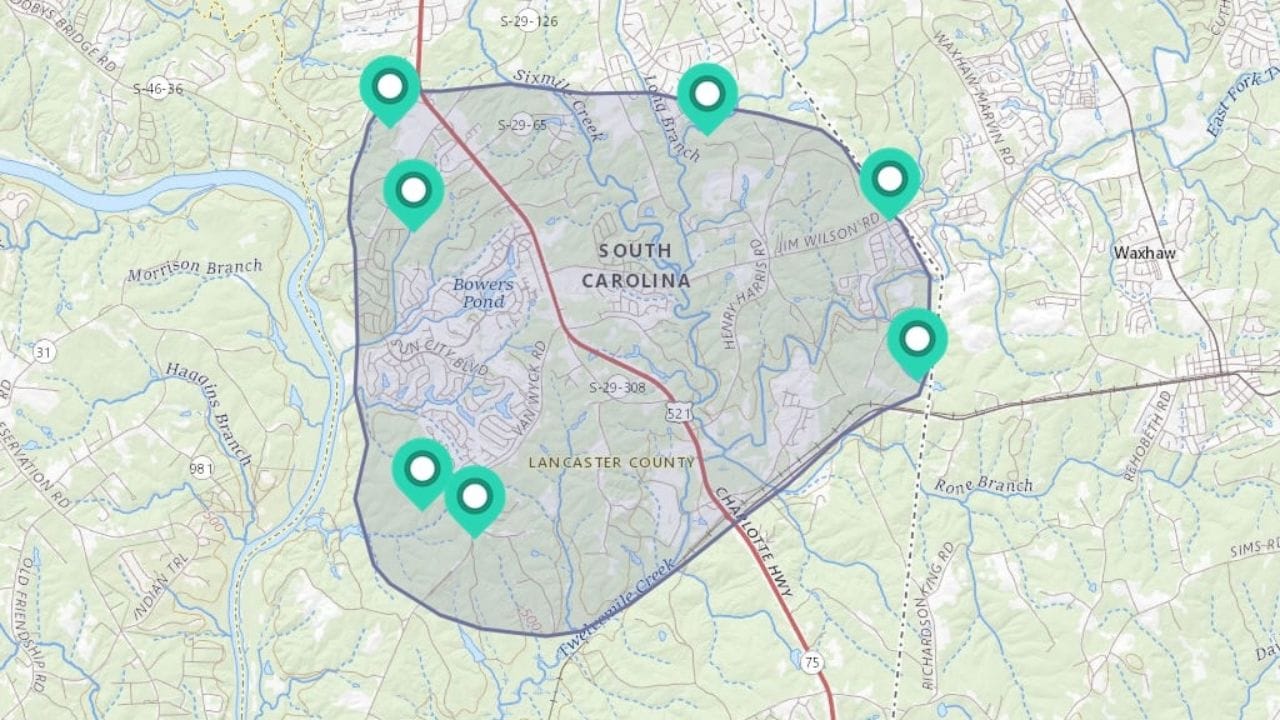
Unearthing the Past: Historical Gold Sites in South Carolina
South Carolina's gold-rich history is dotted with sites that have been the bedrock of gold fever dreams since the 1800s. One such site is the famous Ridgeway Mine, located in the heart of the gold belt.
This mine was once a bustling hub of activity, where hopeful miners gathered with dreams as rich as the ores they extracted. The mine's historical significance is not just in the gold extracted but in the stories of fortune and despair that echo through its now silent shafts.
Another historical beacon is the Tanyard Pit, near old churches where community and solitude meet.
It's said that the area around these old churches holds more than just spiritual treasures; the banks nearby were once ripe with gold-laden quartz. Imagine walking through the forest, metal detector in hand, as you tread softly over the same ground that once offered up its golden bounty.
These sites are not just digs but doorways to the past, offering a tangible connection to the adventurers who once mapped their hopes onto this rich South Carolina soil.

The Modern Gold Hunter's Toolkit: What You Need in Your Arsenal
In the quest for South Carolina gold, the right tools can point you in the right direction, turning a hopeful dig into a successful haul. Today’s gold hunter needs more than just a pan and a dream.
Advanced technology like metal detectors, GPS mapping tools, and geological survey reports can dramatically increase your chances of striking gold.
These tools help you understand the lay of the land and identify key locations where gold is likely to be found, such as near old mining pits or within layers of sediment in rivers.
Moreover, understanding the geological makeup of areas within the gold belt can lead you to undiscovered spots. For instance, areas with historical volcanic activity are promising, as gold often settles in the cracks and fissures of volcanic rock.
By combining historical data with modern mapping techniques, you can pinpoint potential gold sites that others might overlook.
Whether it’s the dense forests of the west or the sandy banks of South Carolina’s rivers, having the right tools in your toolkit can turn a day of digging into a moment of discovering golden treasures hidden beneath the surface.
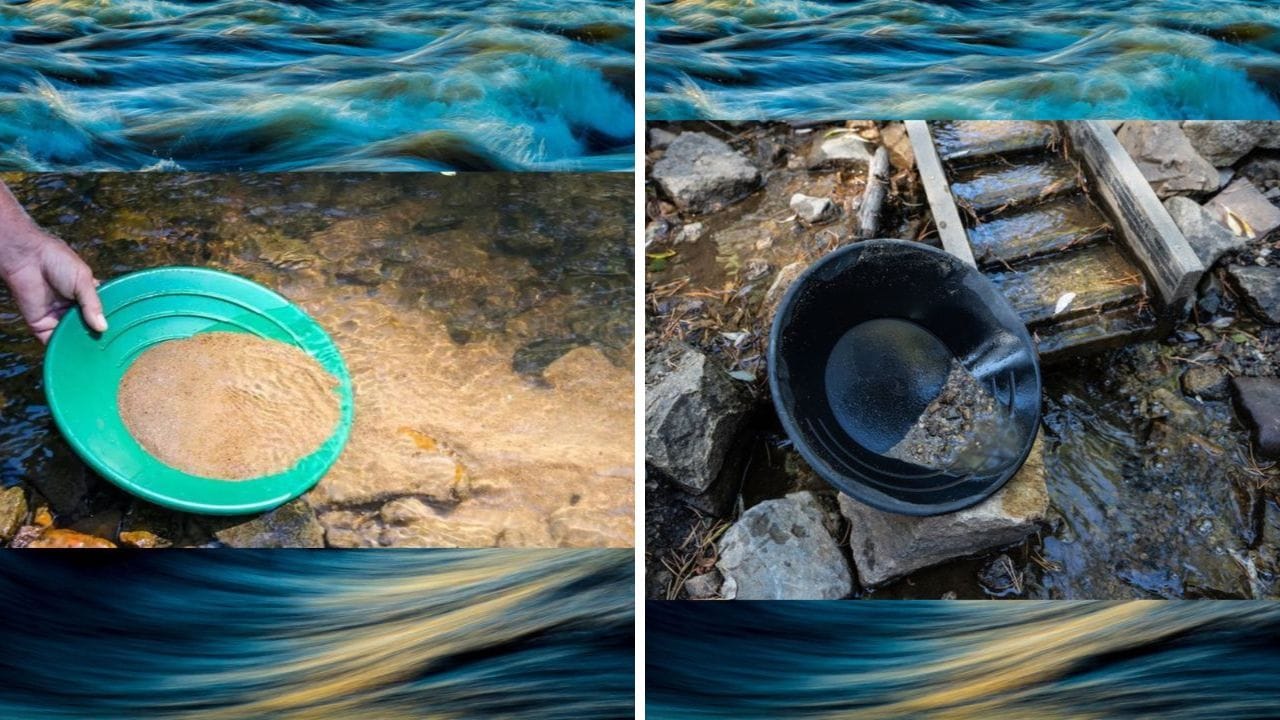
Gold Panning in South Carolina's Rivers
The Saluda River and Little River offer promising spots for gold panning. These rivers, known for their placer gold deposits, are popular among recreational gold panners. It's important to check local regulations and secure any necessary permits before panning in these rivers.
The peaceful yet exciting activity of gold panning can sometimes reward you with small flakes or even larger nuggets.
Legal Aspects of Gold Mining
Before you set out with your shovel and pan, understanding the legal landscape is crucial. South Carolina requires specific permits for gold prospecting, especially when it involves mechanical equipment.
Additionally, the issue of mineral rights can be complex. Always ensure you have the right permissions and are fully compliant with state laws to avoid any legal complications.
Using Technology to Enhance Prospecting
Modern treasure hunters are increasingly turning to technology to aid their quests. Metal detectors, specifically designed for gold, can detect small pieces of gold near the surface.
Additionally, GPS devices and detailed geological maps can guide you to areas with historical gold findings. Websites and online forums also provide communities where you can share tips and experiences with fellow gold enthusiasts.

Some Final Thoughts
South Carolina offers a variety of opportunities for those interested in gold mining, from historical mines in the Carolina Slate Belt to the placer-rich rivers and creeks. By respecting private property, understanding the legal requirements, and using modern technology, you can increase your chances of striking gold.
Whether you're a seasoned prospector or a curious newbie, the thrill of discovering gold is a unique adventure that awaits in South Carolina.
FAQ's
Q1: Do I need a permit to pan for gold in South Carolina? A1: Yes, depending on the location and the type of panning you intend to do, a permit may be required. Check with local authorities or the South Carolina Geological Survey website for specific regulations.
Q2: Where is the best place to find gold in South Carolina? A2: The Carolina Slate Belt, particularly areas in Lancaster and Chesterfield Counties, are known for their gold deposits. Rivers like the Saluda and Little River are also popular for placer gold.
Q3: Can I mine gold on private property in South Carolina? A3: Yes, but you must obtain permission from the landowner and ensure that all mineral rights and legal requirements are addressed before you start mining.
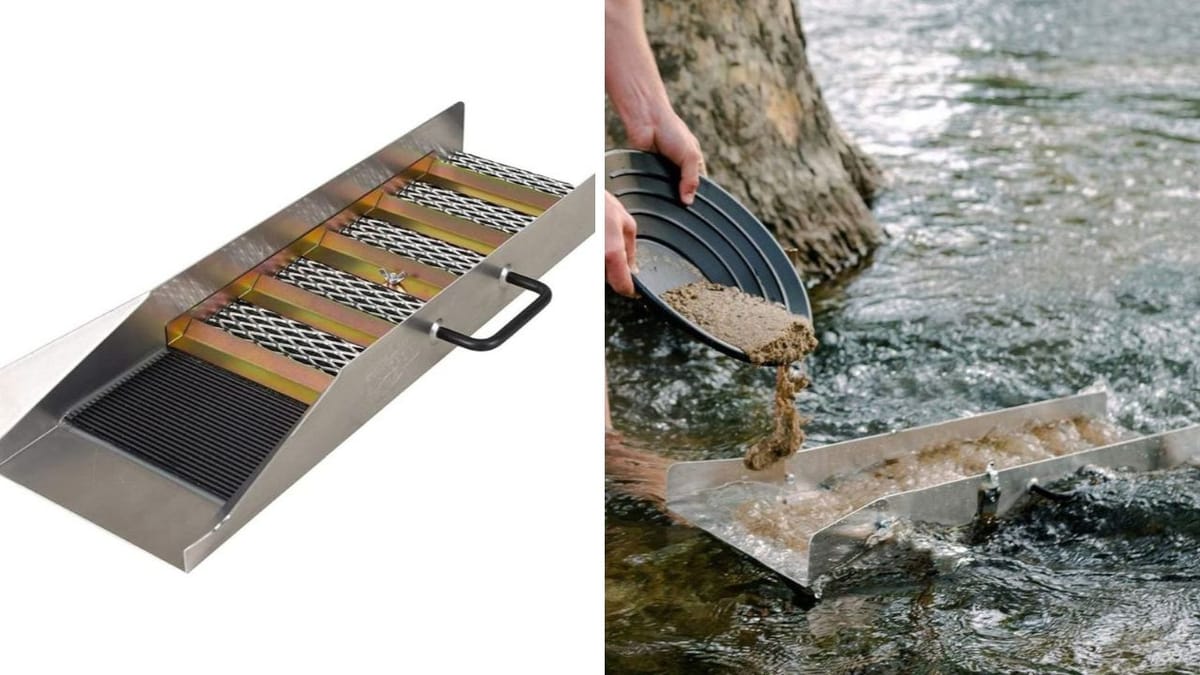
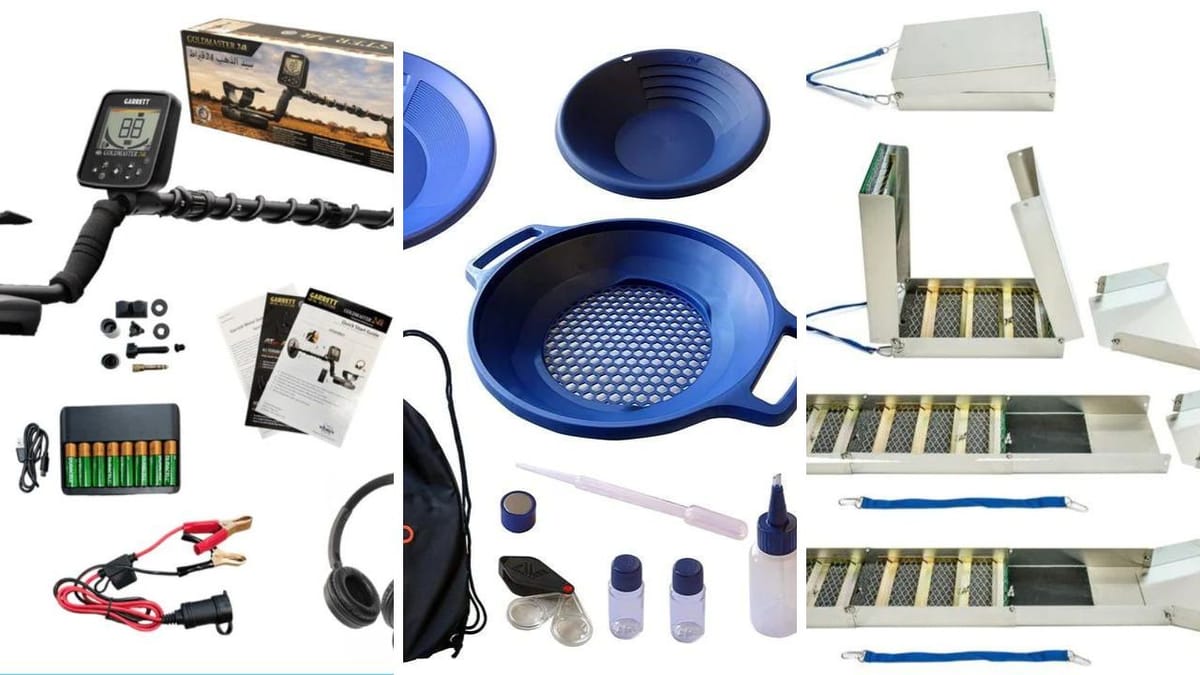






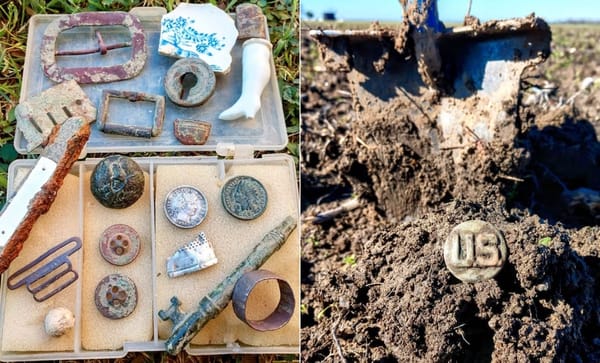
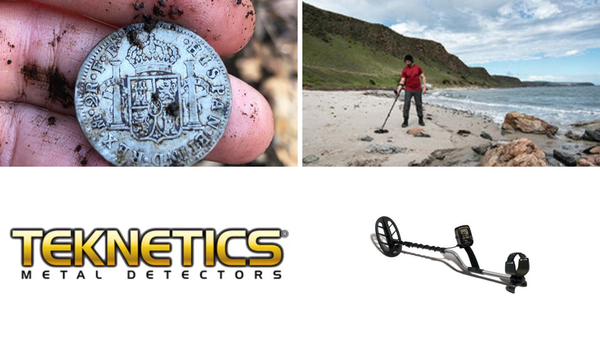
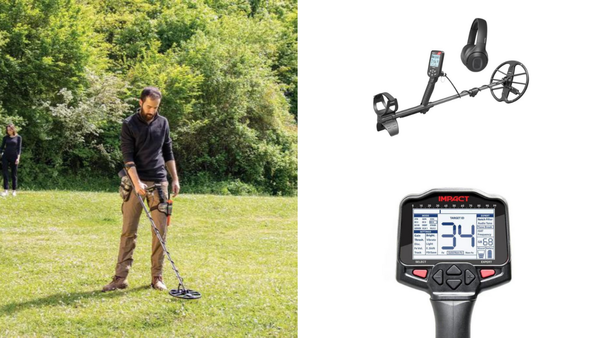
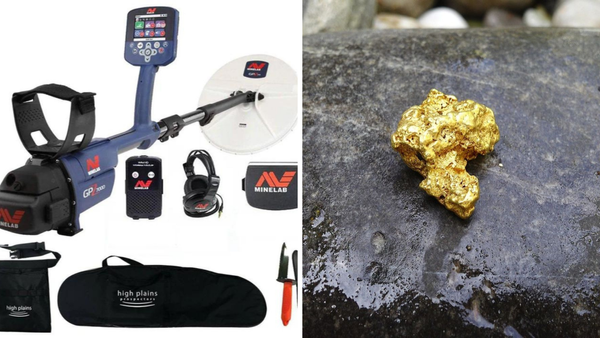
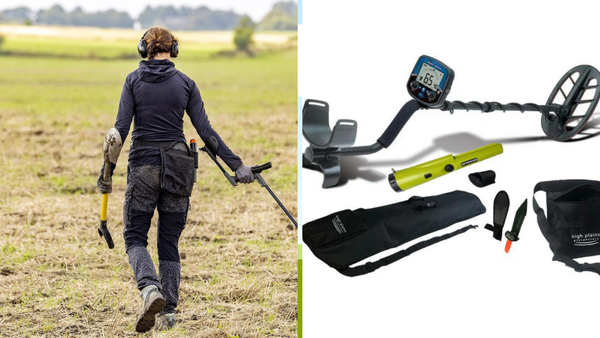
Member discussion